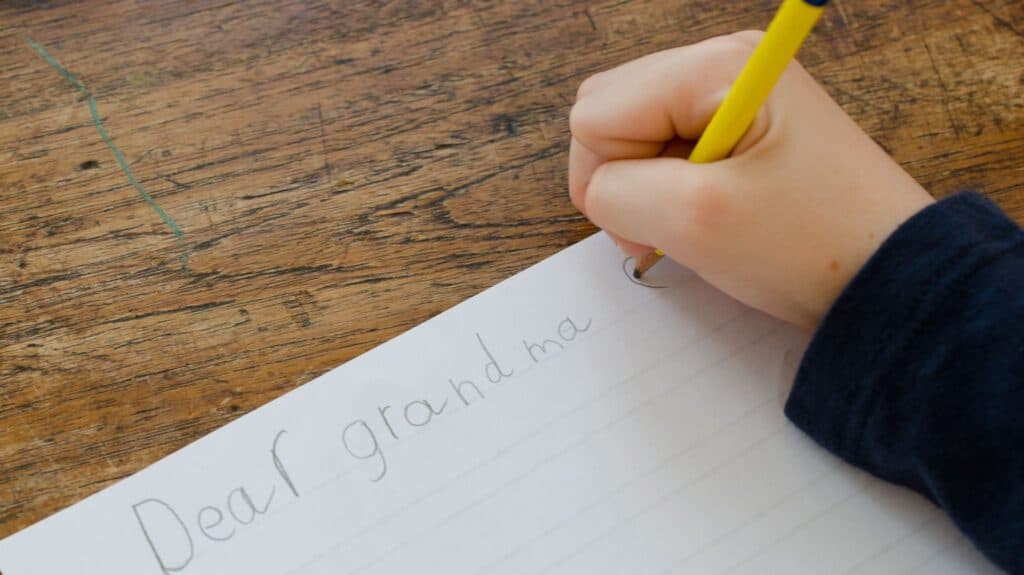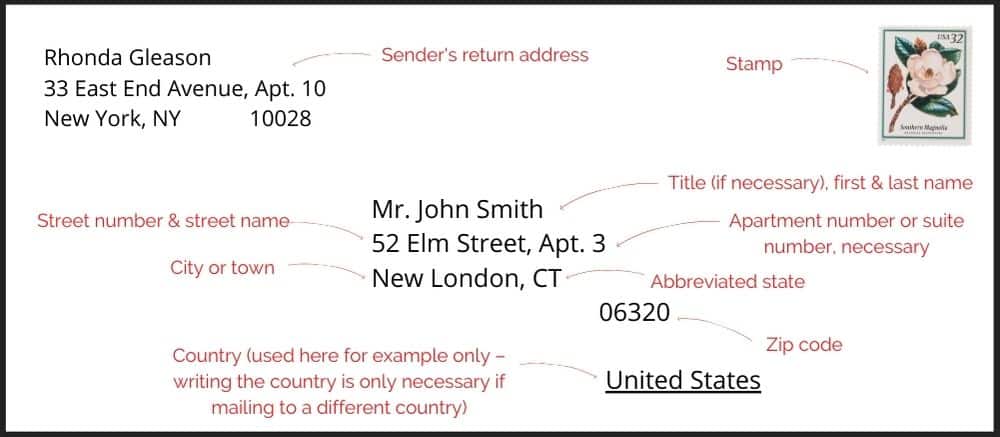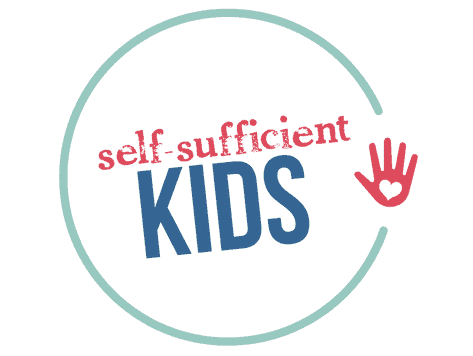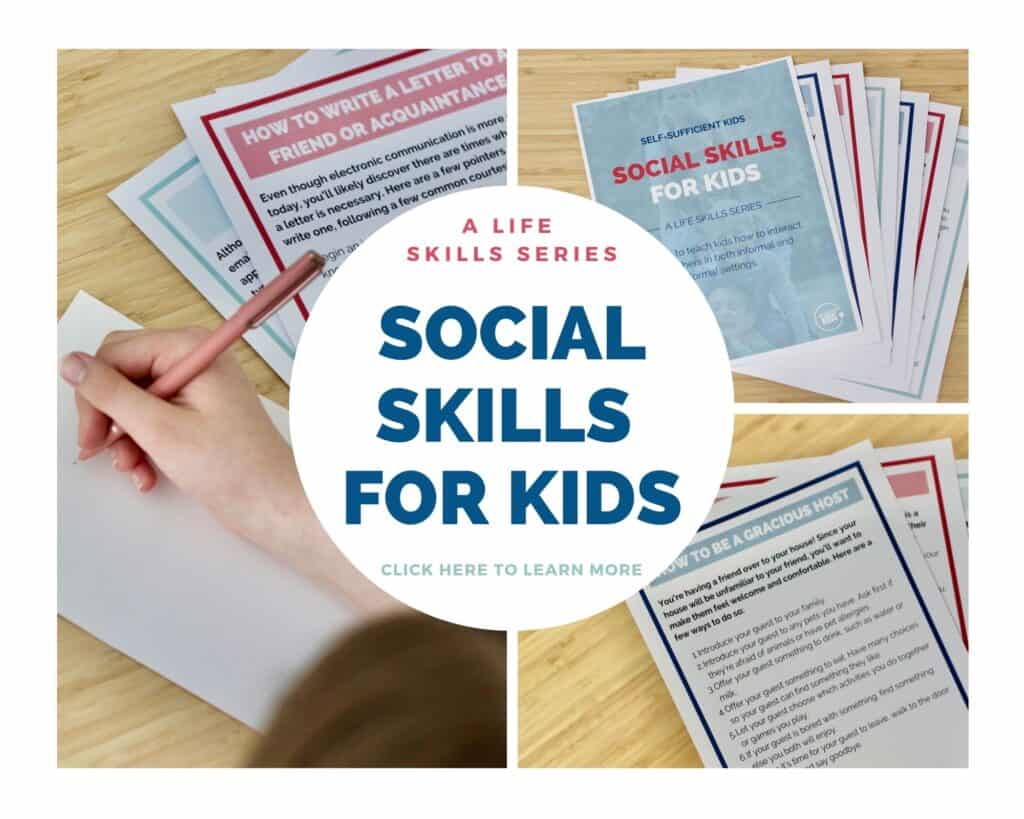How to Write a Letter – for Kids
Writing letters is becoming a bit of a lost art form. Here are some tips for kids about when and how to write informal and formal letters.

Back in our childhood we had multiple opportunities to practice writing letters.
There were the letters we wrote to friends over the summer. Or even the summer camp friends we kept in touch with over the school year.
I also distinctly remember the thrill of exchanging letters with pen pals I had connected with in Lithuania, South Africa and Togo, to name a few.
And while today our children connect with their friends through written word more than we did – through texts or social media – they have little practice writing handwritten letters.
Letter writing may, in some ways, be a left behind art form, but there are still many times in our lives when it’s good to know the basics of proper letter writing.
Why handwritten letters are special and important
In the age of email and texts, getting a handwritten letter in the mail makes anyone feel special.
It means that the sender took the time to craft a note especially for the recipient. They chose special paper, wrote a message that isn’t easy to edit (as it would be online) and then addressed and stamped the envelope and placed it in the mail.
We can introduce our kids to this special and increasingly rare practice by encouraging them to write thank you notes, informal letters to friends and relatives, and for older teens, more formal letters for job applications.
Important considerations before writing a letter
Before jumping into how to write different types of letters, it’s important to consider who the letter is for and what the purpose of the letter is. This will determine which type of letter to write.
Our children probably won’t have a reason to use the formal letter writing style until they’re applying to jobs. But it’s still important for them to realize that the formal style is expected in a professional setting.
When to write an informal letter
Use the informal letter writing format when you’re writing:
- To a friend
- To a relative
- To a penpal
- A thank you letter
- A letter to the editor
- A congratulatory letter
- A letter to your family members
- A casual invitation to friends
When to write a formal letter
Use the formal letter writing format when you’re writing:
- A job application
- An invitation to a formal gathering
- A reference for a job
- A formal offer
- A resignation
How to write an informal letter
There are only a few requirements when writing an informal letter. These requirements let the recipient clearly understand the message being conveyed.
Here are four basic guidelines to writing an informal letter:
- Begin an informal letter with a date so the receiver knows when it was written. A date is also helpful if the receiver wants to look at it again in the future.
- When writing to a friend, relative or acquaintance, begin with a customary greeting. For a close friend it could be a simple “Hello!”. For grandma, it may be more appropriate to write “Dear” in front of her name.
- There are no rules about what to include in the body of an informal letter but it’s a good idea to maintain a focus and not ramble. It’s also a good idea to write about topics the recipient would be interested in.
- Most people finish their letter with a warm sign off. A few common ones include “Sincerely”, “Warm Regards”, “Love” or “Best”. Similar to the greeting, you should keep in mind who you’re writing to. “Love” could be an appropriate sign-off for a relative but inappropriate for your teacher, for example.
Click the images below to get a copy of this list. You’ll also be signing up to my email list where I share advice about how to peacefully raise self-sufficient kids.
How to write a formal letter
Formal letters are generally reserved for when the intention is to impress the recipient.
The most common situation where a formal letter is used is when applying for a job or anything related to a profession such as a reference letter, cover letter, business letter, or resignation letters.
When writing a formal letter it’s important to use the correct salutation for the situation. Good grammar is also expected.
Here are seven basic guidelines for writing a formal letter:
- The start of a formal letter should begin with your full name and address in the left hand corner.
- On the next line, write the date.
- Two spaces after the date, on the same side, write the recipient’s name and address.
- One space after this address comes the greeting. All formal letters begin with “Dear” followed by the name of the recipient. Or if the recipient is unknown it may be appropriate to write “To Whom it May Concern”. A comma should follow all greetings.
- Avoid using contractions, as that’s an informal style of writing. It’s also important to proofread your letter.
- Keep the body of the letter to the point as much as possible.
- Leave a space between the body of the letter and your sign-off. Most formal letters end with “Sincerely,” the sender’s signature on the next line, and then their typed name on the line below.
Click the images below to get a copy of this list. You’ll also be signing up to my email list where I share advice about how to peacefully raise self-sufficient kids.
Special considerations when writing thank you letters
In most cases, a thank you letter is written in the informal style since its recipients are often well-known to the sender such as friends and relatives.
Many people also write a thank you letter after they’ve been interviewed for a school application or job. These thank you notes can often be written in the informal style as well, although it’s a good idea to steer clear of informal language such as slang and contractions.
Thank you letters are also frequently written on cards instead of stationary, although both are acceptable.
When writing a thank you letter, it’s helpful to not only thank the person for the gift they’ve given you or for taking the time to talk with you but to also share what made the gift or discussion special. These details can demonstrate how sincere you are in your gratitude.
Special considerations when writing invitations
An increasing majority of invitations these days are sent digitally, either through email or a special online site like Evite.
So sending an invitation through the mail can feel special to both the sender and recipient.
Most invitations are sent to friends and family, in which case only a few details are necessary. Special stationary is designed specifically for invitations which allow the sender to simply fill in a few necessary details.
Formal invitations are reserved for very special events such as a wedding or an anniversary party. Particularly in the case of a wedding, the hosts often order special custom invitations which follow a formal format.
Help your child learn twelve important social skills with this 18-page ebook, Social Skills for Kids. Your child will learn how to be a gracious host, write informal and formal letters, address an envelope, set a table, demonstrate appropriate table manners, and more. Includes easy-to-read instructions written especially for kids. Click here to learn more.
How to address an envelope
In order to ensure that your letter arrives to its intended destination, it’s important to follow a standard format when writing an address.
That said, while there are some aspects of address writing that are the same around the world, some aspects differ. For example, while the United States uses zip codes to help postal workers direct mail, other countries use a postal code.
If you are writing to someone who lives in a different country, it’s important to look up the correct way to write the address in that country.
Also, it’s good to consider whether your recipient will expect you to use a title in front of their name. Some adults prefer to be referred to as Mr., Mrs., Ms. or even Madam.
Here is the standard way to write an address in the United States:
- The recipient’s address should be written on the front of an envelope and in the middle.
- The first line of an address is the recipient’s first name and last name.
- The second line, if necessary, is the business the recipient works for. If the person you’re writing to isn’t associated with a business, you can skip this step.
- The next line should include the street number followed by the street name. This can be followed by an apartment or suite number, if necessary.
- The final line is where the city or town is written, followed by a comma and an abbreviation of the state.
- The zip code is typically written one line below the city and state and slightly to the right. The country, if necessary, is written below the zip code.
- You can also write your address on the top far left side or on the back of the envelope in the top middle. The postmaster will use this information if your letter is undeliverable and needs to be returned to you.
- Finally, use one of your stamps by placing it on the top left hand side of the envelope. This stamp is payment for mailing your letter.

Style tips for letter writing
In nearly all letters, except perhaps an invitation, it’s a good idea to start with an introduction, have a few supporting paragraphs, and end with some concluding remarks.
It’s also a good idea to have a focus to your letter and avoid rambling. This will allow your reader to more easily follow what you have to say.
Also keep in mind which topics would be of interest to your reader. While your friend may be interested in hearing about your Pokemon collection, your aunt may not have the knowledge to fully grasp details you share about your collection.
Lettering writing can be a great way to connect with people close to you. Have fun as you explore this somewhat forgotten art form. Following the tips above can help you present your thoughts in the best way possible.
See related:
10 Responsibilities at Home That Make Kids Feel Capable and Significant
Age-Appropriate Chores for Kids – Lists by Developmental Stage
How to Teach Kids to Do Their Laundry Independently
What to do next…
1. Subscribe to Self-Sufficient Kids’ email list.
Like what you read here and want to learn more? Every Thursday I’ll send you one parenting tip about raising self-sufficient kids and creating the peaceful relationship you yearn to have with your child. Click here to sign up.
2. Take one of my quizzes!
Find out if you’re raising a self-sufficient kid (click here) or if you’re doing too much for your kids (click here). At the end of each quiz, you’ll be asked to provide your email address to see the results.
3. Get your kids started on chores.
Learn how to get your child started on chores (& keep them motivated + avoid power struggles) by enrolling in my Get Your Kids Successfully Started on Chores course. Click here to learn more and sign up.

About Kerry Flatley
Hi! I’m Kerry, the mother of two girls and a certified parent educator. I believe it is possible for parents to have a supportive, loving, and warm relationship with their kids while raising them to be independent and ultimately self-sufficient. Over the years, I’ve read numerous books and articles that support this belief and I’ve put these ideas into practice with my own kids. Read more about me and Self-Sufficient Kids here.


